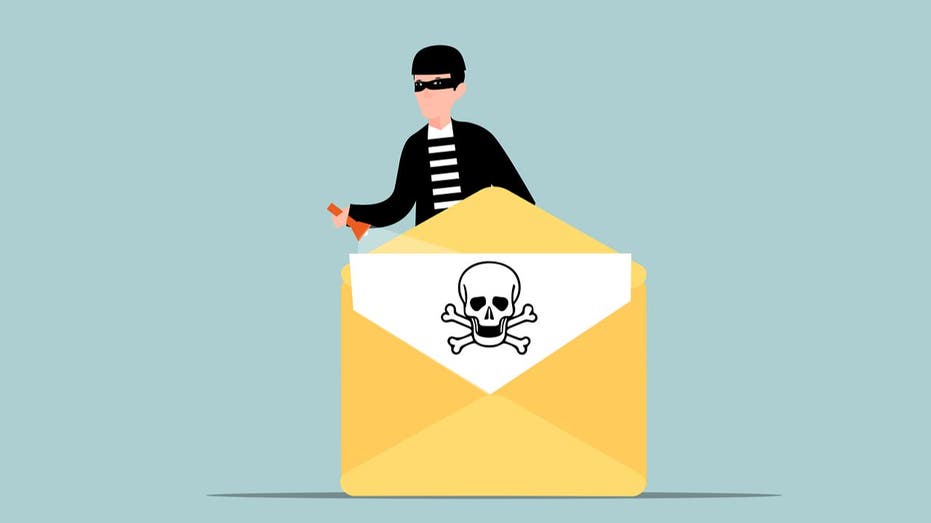Is It Safe to Unsubscribe from Unsolicited Spam Emails?

We’ve all been there: trying to declutter our inboxes only to be bombarded by the same suspicious emails, even after clicking “unsubscribe.” Robert from Danville, Virginia, reached out with a question that resonates with many of us.
“When you unsubscribe from junk emails that you never authorized, do you actually stop receiving them? I click the unsubscribe link at the bottom and even block the sender, yet the same emails keep coming. Is it worth my time to unsubscribe? What can I do about it?” he wrote.
Robert, you’re not alone in your concern, and the reality is more intricate (and frustrating) than it may seem. While unsubscribing can be effective in certain circumstances, there are instances where it can make things worse. Let’s explore the nuances of unsubscribing from unwanted emails, when it’s safe to do so, when it isn’t, and alternative methods to regain control of your inbox.
Understanding the Risks of Unsubscribing
Unsubscribing from emails is not always a safe action, particularly when it comes to spam. If an email originates from a legitimate business—like a store where you’ve made a purchase or a newsletter you’ve subscribed to—it’s generally acceptable to unsubscribe. These organizations are bound by email marketing regulations and are likely to honor your request. However, unsolicited emails operate under different rules. Here’s a breakdown of the distinctions:
Legitimate Emails vs. Spam
Legitimate Emails:
– From known businesses or services
– Often include a clear unsubscribe option
– Governed by email marketing laws
Spam Emails:
– Unsolicited and often misleading
– May contain malicious links or scams
– Unsubscribing can confirm your email is active, inviting more spam
When Unsubscribing Can Backfire
It’s crucial to be cautious when clicking unsubscribe links in suspicious emails. In many cases, doing so can inadvertently signal to spammers that your email address is valid, potentially leading to an increase in unwanted emails. Here’s when you should think twice before clicking that unsubscribe button:
– The email looks suspicious or unprofessional
– You don’t recognize the sender or the business
– The email contains requests for personal information
Effective Strategies to Combat Spam
Instead of relying solely on the unsubscribe option, consider these proactive measures to manage unwanted emails more effectively:
1. **Mark as Spam or Phishing**: Most email providers, including Gmail, Outlook, and Yahoo, have a “report spam” feature. Use it to help your inbox learn to filter out unwanted messages. Reporting also aids others by flagging known spam sources without alerting the spammer.
2. **Block the Sender**: Blocking a sender can offer temporary relief, but keep in mind that spammers frequently use rotating email addresses. This method is part of an ongoing battle, yet it can provide short-term benefits.
– **How to Block Senders**:
– Gmail: Open the email, click on the three dots, and select “Block.”
– Outlook: Open the email, click on “Junk,” then “Block Sender.”
– Yahoo: Open the email, click on “More,” then “Block Sender.”
3. **Utilize Built-In Alias Features**: Before switching to third-party services, check if your email provider has built-in features for managing spam. Gmail, Outlook, and Yahoo offer options for creating aliases or disposable addresses to help organize your inbox and filter out junk.
4. **Consider a Spam-Killer Inbox Service**: If you want complete control over spam, consider using an alias email service. This approach allows you to use different email addresses for various online activities without exposing your primary email. You can easily delete an alias when you no longer wish to receive emails from a specific source.
5. **Use Burner Email Services for Short-Term Sign-Ups**: For temporary online sign-ups, burner email services can be effective. They generate temporary email addresses, allowing you to sign up without cluttering your main inbox.
The Bottom Line on Unsubscribing
In summary, unsubscribing from suspicious emails can sometimes do more harm than good. Instead, it’s advisable to mark such emails as spam and block the sender. Leverage your email provider’s built-in tools to filter messages and consider using aliases to track the origins of spam. For temporary sign-ups, disposable email services are an excellent way to safeguard your primary inbox.
Have you discovered any effective methods to curb spam? Share your tips with us at Cyberguy.com/Contact.
For more expert tech tips and vital security alerts, subscribe to the free CyberGuy Report Newsletter at Cyberguy.com/Newsletter.
Feel free to reach out if you have questions or suggestions for future topics!